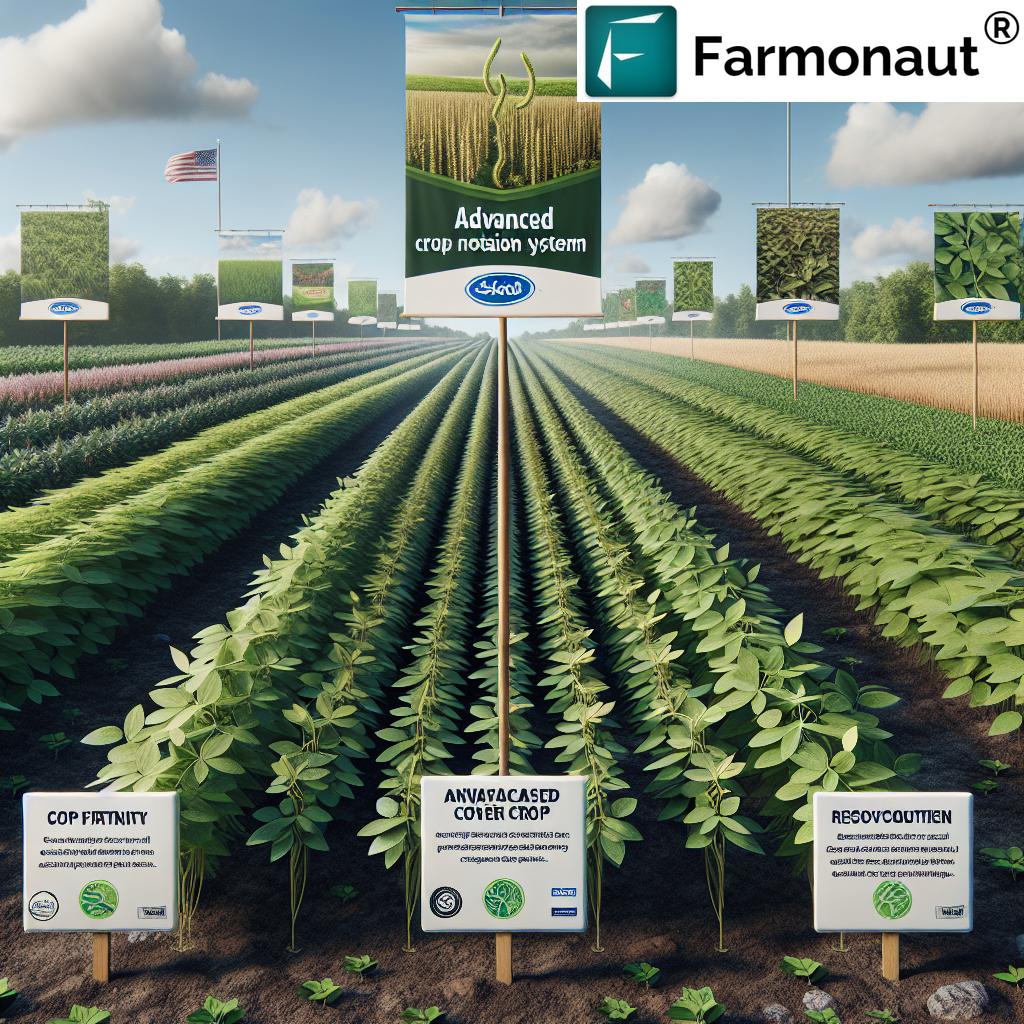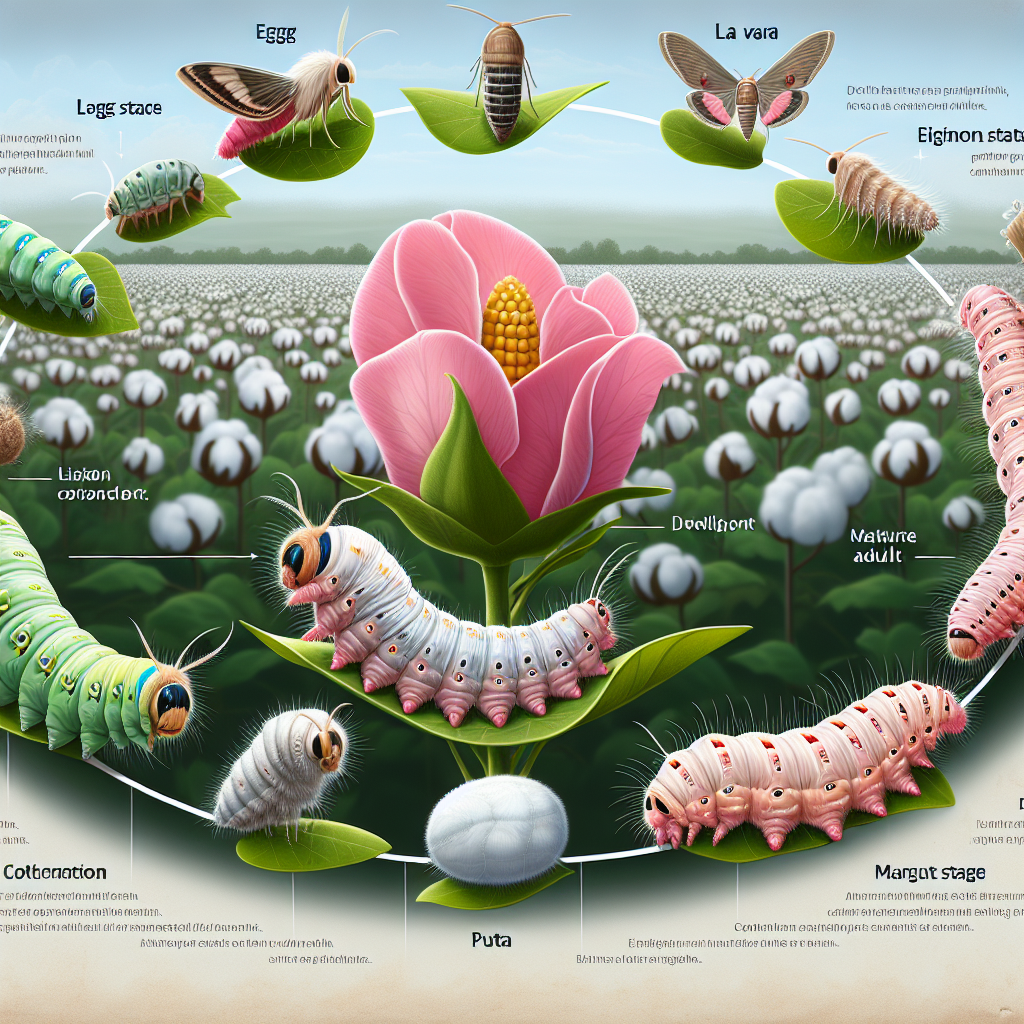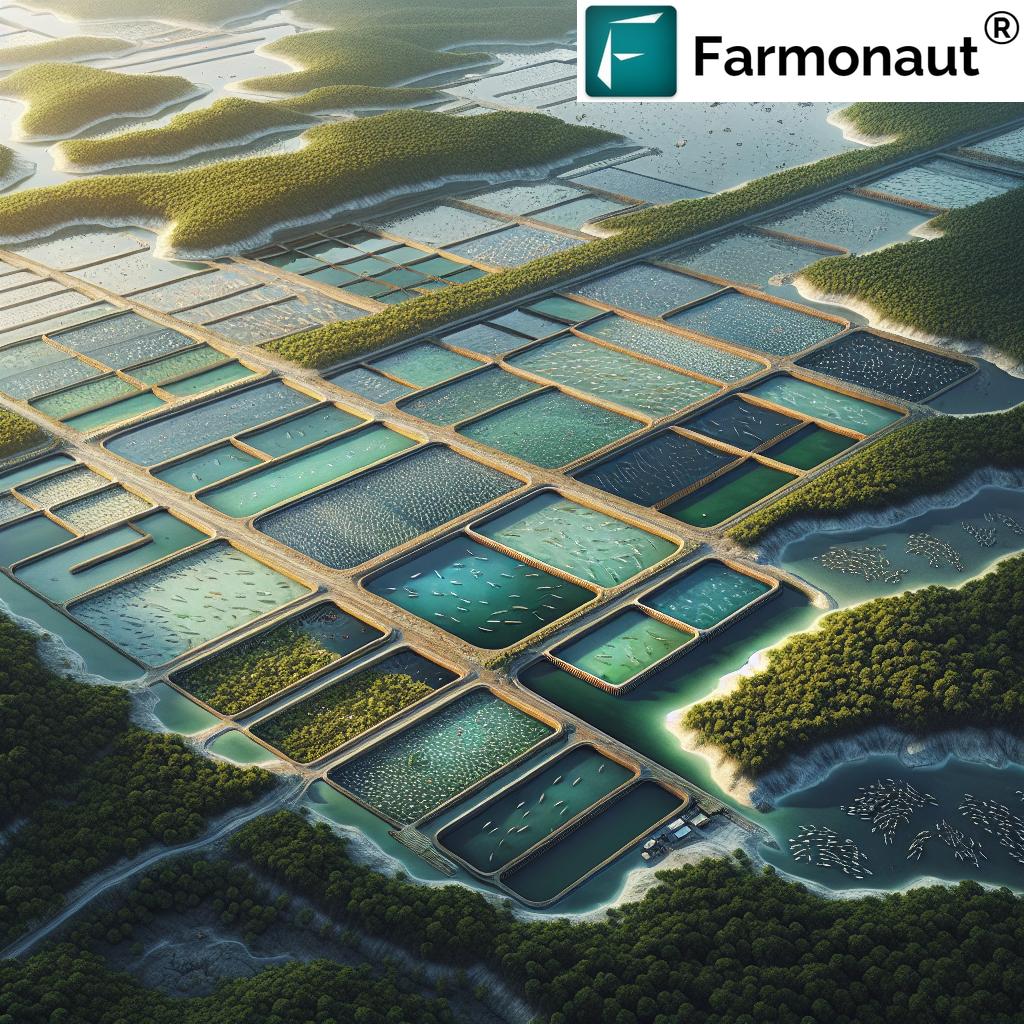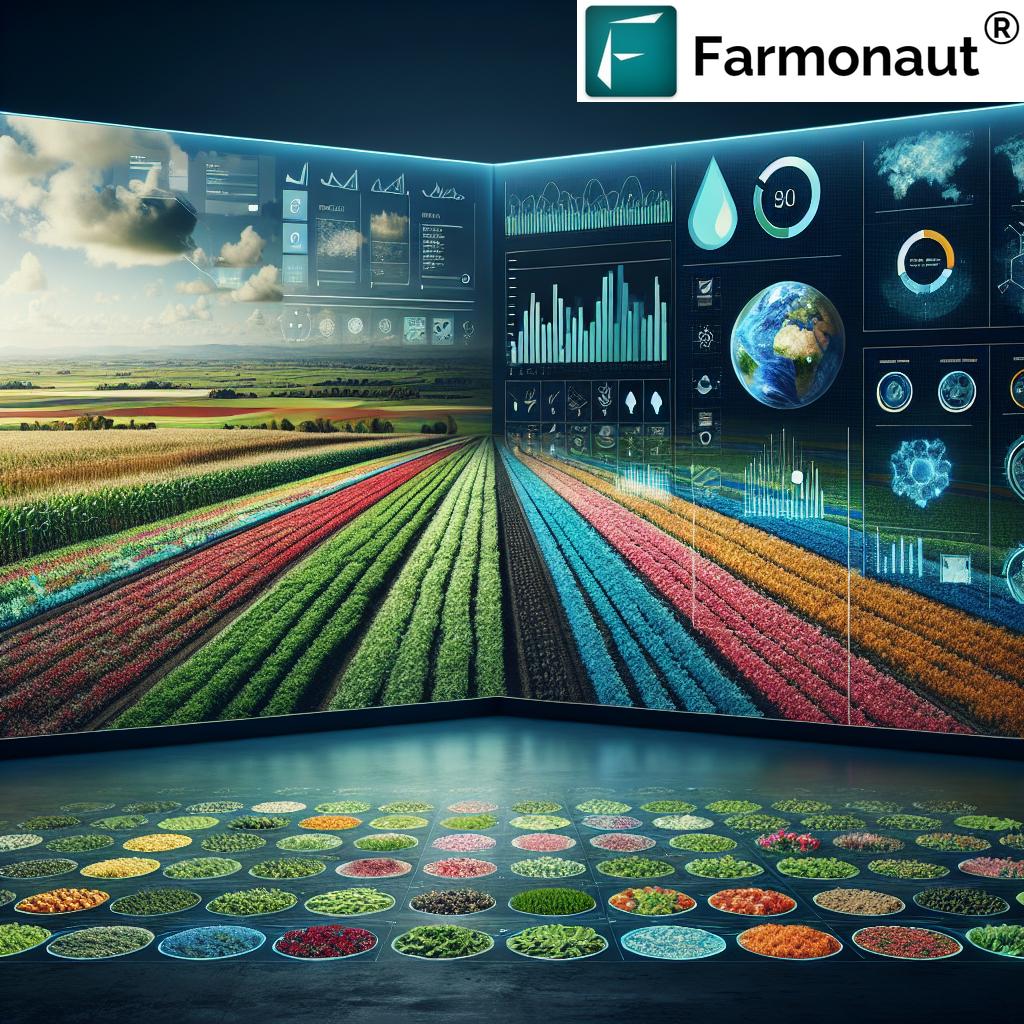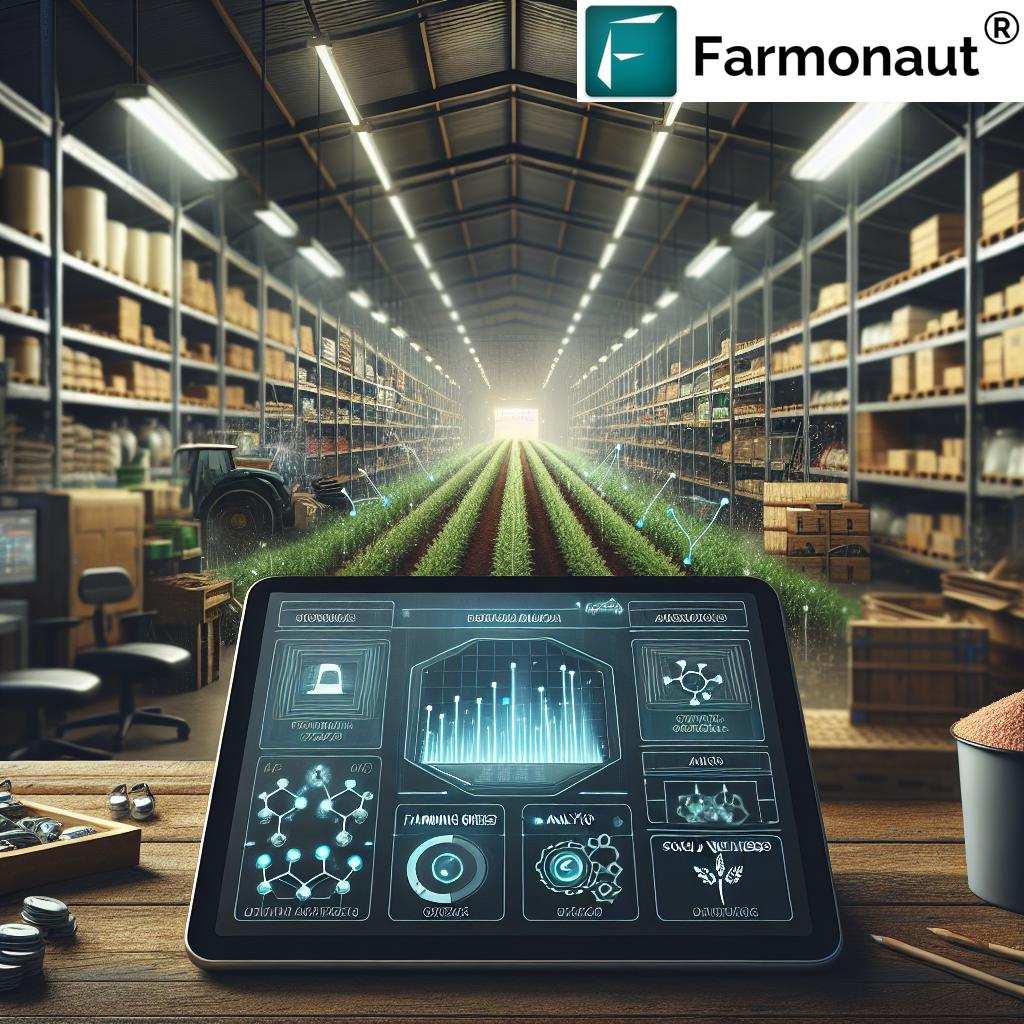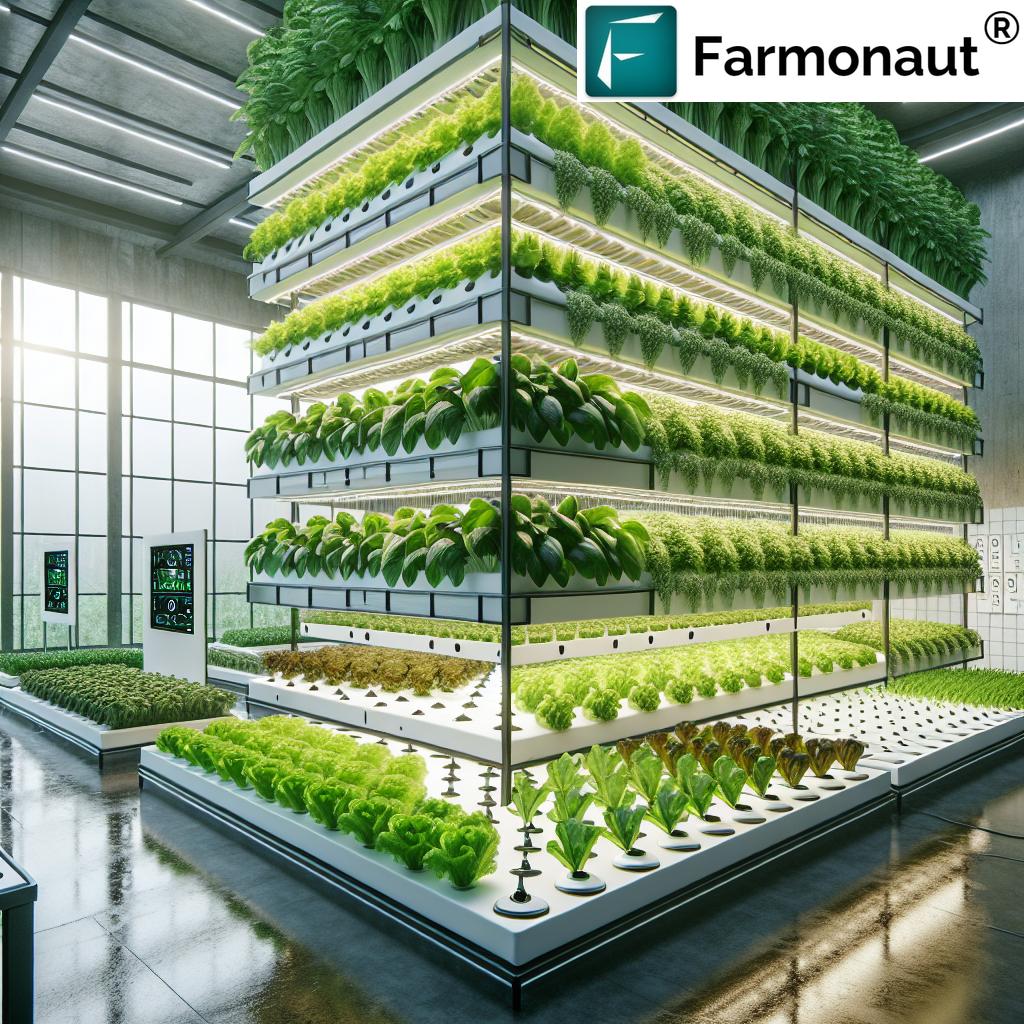Sustainable Soybean Production: 7 Shocking Eco Hacks
Why Sustainable Soybean Production Matters
Sustainable soybean production plays an essential role in feeding the world’s growing population, supplying both human and animal protein needs. Soybeans are used for everything from tofu, soy milk, and vegetable oils to a cornerstone of animal feed worldwide. As global demand skyrockets, so does the impact of conventional soybean farming on the environment—fueling concerns over deforestation, lost biodiversity, depleted soil health, and contaminated water sources.
Yet, sustainable soybean farming practices promise us a different story: one where we meet current nutritional and economic needs without compromising our capacity to do so for future generations. By adopting eco-friendly techniques, we protect global biodiversity, preserve valuable water resources, and secure the long-term viability of our farms and food systems. Let’s explore the environmental impact of soybean farming—and how switching to sustainable practices can make all the difference.
What Sets Sustainable Soybean Farming Apart?
- Environmental stewardship: Prioritizes soil health, water conservation, and reduced use of hazardous chemicals.
- Economic viability: Encourages input cost savings and safeguards farmers’ incomes for the long term.
- Social responsibility: Ensures farming remains productive, profitable, and fair for global communities.
Focus Keyword: Sustainable Soybean Production
At its core, sustainable soybean production means producing enough for today’s demand while preserving resources and promoting economic stability—meeting our needs, without harming the next generation’s ability to meet theirs.
Environmental Impacts of Conventional Soybean Farming
Conventional soybean cultivation involves intensive tillage, high rates of chemical fertilizer and pesticide application, and frequent land expansion into new territories. These practices create a web of environmental problems that undermine our agricultural future:
- Deforestation & Habitat Loss: Expanding soybean fields into forests (notably the Brazilian Cerrado) and savannahs leads to extensive deforestation, loss of habitat, and a decline in biodiversity (reuters.com).
- Soil Degradation: Intensive tillage disrupts soil structure, accelerates erosion, reduces fertility, and diminishes water retention capacity.
- Water Pollution: The widespread use of chemical fertilizers and pesticides contaminates local water sources, affecting aquatic ecosystems and threatening human health.
Environmental Impact of Soybean Farming: Key Issues
- Expanding soybean cultivation often causes direct and indirect deforestation, especially in the Cerrado region of Brazil where large swathes of natural vegetation are replaced with monocultures.
- Soil degradation results in reduced yields and compromised soil health in soybean cultivation.
- Water conservation in agriculture becomes challenging when runoff carries fertilizers and pesticides into rivers, lakes, and wetlands.
The economic and environmental impacts of poor soil health, habitat destruction, and waterway contamination are driving the urgent need to shift toward sustainable soybean production.
Core Principles of Sustainable Soybean Cultivation
Transitioning to sustainable soybean production means embracing a new set of priorities that support lasting prosperity, food security, and planetary health. Here are the essential principles guiding responsible soy farming globally:
- Conservation tillage for soybeans to improve soil structure and reduce erosion.
- Cover cropping to prevent soil degradation and boost organic matter.
- Crop rotation benefits, including pest management and improved nutrient cycling.
- Integrated pest management (IPM) to reduce dependence on harsh chemicals.
- Precision agriculture for optimal resource use and minimal waste.
- Responsible land use to protect biodiversity, forests, and wetlands.
Let’s explore the 7 shocking eco hacks reshaping our approach to sustainable soybean farming.
Watch & Learn: Unlocking the Secrets of Sustainable Farming
7 Shocking Eco Hacks for Sustainable Soybean Production
Let’s take a deep dive into the seven most powerful and transformative eco-friendly hacks for sustainable soybean production. These strategies are based on the latest agronomic science and are proven to deliver measurable results across soil health, water conservation, yield, and environmental impact.
1. Conservation Tillage for Soybeans
What is it? Conservation tillage encompasses no-till, strip-till, and reduced-till practices—minimizing how much we disturb the soil when planting or cultivating soybeans.
- Maintains soil structure, curbing erosion and sediment runoff.
- Improves water infiltration and soil moisture retention.
- Boosts soil organic carbon, essential for fertility and soil life.
In the United States, conservation tillage is now used on approximately 70% of soybean acres, with no-till farming accounting for 40% (unitedsoybean.org).
2. Cover Cropping: A Soil Superpower
What is it? The practice of growing cover crops (like rye, oats, or clover) in between main crops—or during the off-season—to protect and enrich the soil.
- Prevents soil erosion during fallow periods.
- Suppresses weed growth and disrupts pest cycles.
- Adds organic matter, improving fertility and supporting microbial life.
- Enhances biodiversity in soybean farming by providing extra habitat.
Multiple benefits: Cover cropping is widely adopted for both economic and environmental reasons. It can even provide additional livestock feed during the off-season (soygrowers.com).
3. Crop Rotation Benefits: Breaking Pest and Disease Cycles
What is it? Alternating soybean fields with other crops (like corn or wheat) year-to-year to improve soil health and productivity.
- Breaks cycles of pests and diseases naturally, reducing chemical pesticide dependence.
- Replenishes essential nutrients (like nitrogen, especially after growing legumes).
- Boosts overall yield potential and land resilience.
This practice is almost universal in the US, with around 94% of soybean hectares under continuous crop rotation (foodnavigator.com).
4. Integrated Pest Management (IPM) for Smart, Safe Control
What is it? The strategic use of biological, cultural, physical, and chemical techniques in concert to tackle pests and diseases—instead of relying solely on synthetic pesticides.
- Encourages natural predators and beneficial insects.
- Monitors pest populations accurately before taking action (scouting and trapping).
- Uses chemical pesticides as a last measure, not the first.
- Leads to less residue, reduced water pollution, and safer produce.
IPM minimizes chemical input and directly addresses the environmental impact of soybean farming.
5. Precision Agriculture: Tech-Driven Efficiency
What is it? Using data, satellite imagery, GPS, and AI-powered systems for pinpoint application of water, fertilizer, and pesticides—delivering just the right amount, at exactly the right time and place.
- Dramatically reduces resource waste and environmental footprint.
- Improves crop yields and soil health in soybean cultivation by preventing over- or under-application.
- Maximizes efficiency for both smallholder and large-scale farmers.
Tools like those from Farmonaut are democratizing access to precision agriculture through affordable, satellite-based crop health monitoring, API integration for tech developers, and AI-based decision support for individual farmers, agribusinesses, and institutions.
6. Responsible Land Use: Preserving Forests and Wetlands
What is it? Avoiding the conversion of natural forests, wildlife habitats, and wetlands into new soybean fields.
- Slows deforestation and protects global biodiversity.
- Maintains key ecosystem services—like flood protection and water purification.
- Upholds sustainability certifications for global soy markets.
Global organizations (like Wetlands International) advocate for responsible soy farming as a linchpin in climate and environmental policy (wetlands.org).
7. Water Conservation in Agriculture: Efficient Usage & Recycling
What is it? Minimizing water wastage and pollution through modern irrigation, mulching, and responsible input management.
- Drip irrigation, rainwater harvesting, and smart scheduling save water.
- Cover cropping and minimal tillage help soil retain moisture (reduced evaporation).
- Buffer strips and constructed wetlands filter runoff, keeping waterways clean.
From soil moisture monitoring to carbon footprint tracking (explore Farmonaut’s carbon footprinting solutions for details), the tools for water-positive and climate-resilient soybean production are at our fingertips.
Comparison Table: Sustainable Practices vs Conventional Methods
To visualize the clear benefits of sustainable soybean production over conventional farming, we’ve built this comprehensive comparison table. It summarizes key practice-by-practice impacts on soil health, water, chemical inputs, yield, and biodiversity.
| Farming Practice | Soil Health Impact (Estimated) | Water Usage (Liters/ha, Estimated) | Chemical Input (kg/ha, Estimated) | Yield Potential (tons/ha, Estimated) | Biodiversity Support (Qualitative) |
|---|---|---|---|---|---|
| Conservation Tillage for Soybeans | High – Less compaction, more organic matter | 3000–4500 | 25–40 (mainly herbicides only) | 2.8–3.5 | High (soil organisms, pollinators thrive) |
| Conventional Tillage | Poor – Soil erosion, organic loss | 5000–7000 | 50–65 (herbicides + insecticides/fungicides) | 2.1–2.8 | Low (disturbed habitats) |
| Cover Cropping | Very High – Enriches soil, prevents erosion | 2500–4000 | 20–35 | 3.0–3.7 | Very High (enhanced microhabitats) |
| No Cover Cropping | Moderate to Low – Exposed soil, nutrient leaching | 6000–8000 | 60–80 | 2.3–2.9 | Minimal |
| Crop Rotation | High – Disease suppression, nutrient cycling | 3000–4500 | 30–45 | 3.2–3.7 | High |
| Continuous Monoculture | Low – Build-up of diseases, less fertility | 7000–8500 | 80–120 | 2.0–2.7 | Very Low |
| Integrated Pest Management (IPM) | Moderate to High – Less chemical impact | 3200–4500 | 20–30 | 2.9–3.5 | High (resilient populations of predators/beneficials) |
| Routine Pesticide Spraying | Low – Declining soil microbes, pollution | 5000–6500 | 70–110 | 2.4–2.8 | Very Low |
| Precision Agriculture (Satellite/Data Driven) | Very High – Input optimization, less compaction | 2000–3500 | 15–25 | 3.2–3.8 | High |
| “Blanket” Input Application | Low – Overuse, runoff | 6000–8000 | 80–120 | 2.1–2.9 | Low |
| Responsible Land Use (No Forest/Wetland Conversion) | High – Stable native soil | 2500–3500 | 20–30 | 3.0–3.5 | Very High (protected habitats) |
| Land Expansion (Deforestation/Wetlands) | Very Low – Soil nutrient depletion, erosion | 8500–11000 | 90–150 | 2.0–2.4 | Minimal to None |
As seen above, certified sustainable soybeans consistently outperform conventional methods in nearly every crucial area—delivering better yields, lower costs, and tangible environmental gains.
Farmonaut’s Role in Precision Sustainable Soybean Farming
From field to office, precision agriculture is transforming sustainable soybean production. At Farmonaut, our mission is to make the world’s most advanced farm management solutions affordable and accessible—empowering farmers everywhere to adopt eco-smart practices that protect soil health, optimize resource usage, and ensure long-term viability.
- Satellite-Based Crop Health Monitoring: Real-time monitoring of soil moisture, crop health (NDVI), and growth, giving actionable insights for irrigation, fertilizer, and pest management.
- Jeevn AI Advisory: An AI-powered farm advisory tool offering real-time advice and expert strategies to enhance yields, reduce input costs, and improve sustainability.
- Blockchain-Based Traceability: Traceability solutions for the verification of certified sustainable soybeans—building trust, transparency, and accountability across agricultural supply chains.
- Carbon Footprint Tracking: See Farmonaut’s Carbon Footprinting for tools that help quantify and reduce the environmental impact of soybean farming.
- Resource and Fleet Management: Optimize logistics and fleet efficiency, reducing operational costs and carbon emissions across all scales of soybean farms.
Our flexible, subscription-based platform is accessible through web, Android, and iOS, ensuring mobile responsiveness and ease of use for every farmer, researcher, and agribusiness. For large-scale farm monitoring, see our Large Scale Farm Management product page. Developers can also access our Farmonaut API for direct satellite and weather data integration.
Economic and Social Considerations in Sustainable Soybean Farming
While the primary goal is environmental integrity, sustainable soybean production offers major economic and social advantages:
- Cost savings: Less need for chemical fertilizers, pesticides, and irrigation means lower input costs and higher profit margins.
- Market Access: The demand for certified sustainable soybeans is on the rise—opening premium markets and attracting eco-conscious consumers.
- Long-term productivity: Practices like cover cropping, rotation, and conservation tillage maintain soil health and yields year after year.
- Improved livelihood security: Sustainable farming ensures farmers’ livelihoods over generations.
For those seeking improved access to crop loans and insurance, Farmonaut’s verification solutions provide satellite-backed proof for lenders, reducing fraud and boosting financial inclusion.
Global Initiatives and Certifications for Sustainable Soy
A growing number of global initiatives are accelerating the rise of responsible soy farming and guiding both producers and consumers toward effective sustainability. Key players include:
-
Round Table on Responsible Soy (RTRS):
Promotes certified sustainable soybeans. The RTRS standard ensures no conversion of high conservation value areas, the use of best management practices, and fair working conditions. -
Sustainable Agriculture Initiative (SAI) Platform:
Sets guidelines for sustainable practices and offers tools for farmers to measure and improve their environmental footprint. -
Global certifications:
Labels such as RTRS and ProTerra help buyers identify beans produced sustainably, supporting transparency and giving eco-minded consumers actionable choices.
As sustainability policies tighten worldwide, certified sustainable soybeans will become the standard for responsible supply chains.
Overcoming Challenges and Promoting Sustainability
Despite obvious benefits, the transition to sustainable soybean production faces roadblocks:
- Knowledge gaps: Many farmers lack training on new methods. Raising education levels and sharing best practices is crucial for widespread adoption.
- Economic constraints: Equipment and input changes require up-front investment. Governments, NGOs, and agribusinesses need to offer incentives, grants, and support.
- Policy enforcement: Weak regulatory measures can hamper progress. Robust policies and effective compliance are essential at every level.
Ongoing farmer training, supportive policies, improved market access, and broader adoption of precision farming technologies will pave the way for globally sustainable soybean cultivation.
FAQ: Sustainable Soybean Production
- What is sustainable soybean production?
Sustainable soybean production involves farming methods that protect the environment, support soil and water health, promote biodiversity, and ensure long-term economic viability for farmers, without compromising future generations’ needs.
- Why is crop rotation important for soybeans?
Crop rotation breaks pest and disease cycles, improves soil fertility, reduces dependence on chemical inputs, and increases overall farm sustainability.
- How does precision agriculture benefit sustainable soybean production?
Precision agriculture uses satellites, AI, and data analytics to optimize input use, boost yields, reduce costs, and limit negative environmental impacts. Platforms like Farmonaut provide actionable insights for smarter, greener farming.
- What certifications support responsible soy farming?
Certifications like RTRS and ProTerra label certified sustainable soybeans, guiding buyers and consumers toward environmentally responsible choices.
- Does sustainable soybean farming impact yields?
Yes, sustainable practices like conservation tillage, cover cropping, and crop rotation can maintain or even raise yields over time, especially as soil health and biodiversity improve.
- How can I get started with sustainable soybean farming?
Begin with conservation tillage, cover cropping, and gradually integrate precision ag technology for more effective farm management. Consider using satellite-powered platforms like Farmonaut for actionable, site-specific data and expert recommendations.
- Where do I find more resources?
For product traceability, see Farmonaut’s Traceability tools, or explore their API developer documentation for deeper integration.
Conclusion: Securing Our Soybean Future
To truly meet global demand for protein and oil without sacrificing the wealth of our environment, we must put sustainable soybean production front and center. Embracing conservation tillage, cover cropping, crop rotation, integrated pest management, precision agriculture, responsible land use, and water conservation will protect soil, water, and biodiversity—delivering benefits for farmers, consumers, and the planet.
As technology becomes more accessible and powerful, and as initiatives like Farmonaut are scaled, every farmer—from the Brazilian Cerrado to the American Midwest—can help secure a healthier, more productive, and sustainable future for soybean cultivation.
Let’s champion these eco hacks in every field—and grow a world where both people and planet thrive, now and for generations to come.



